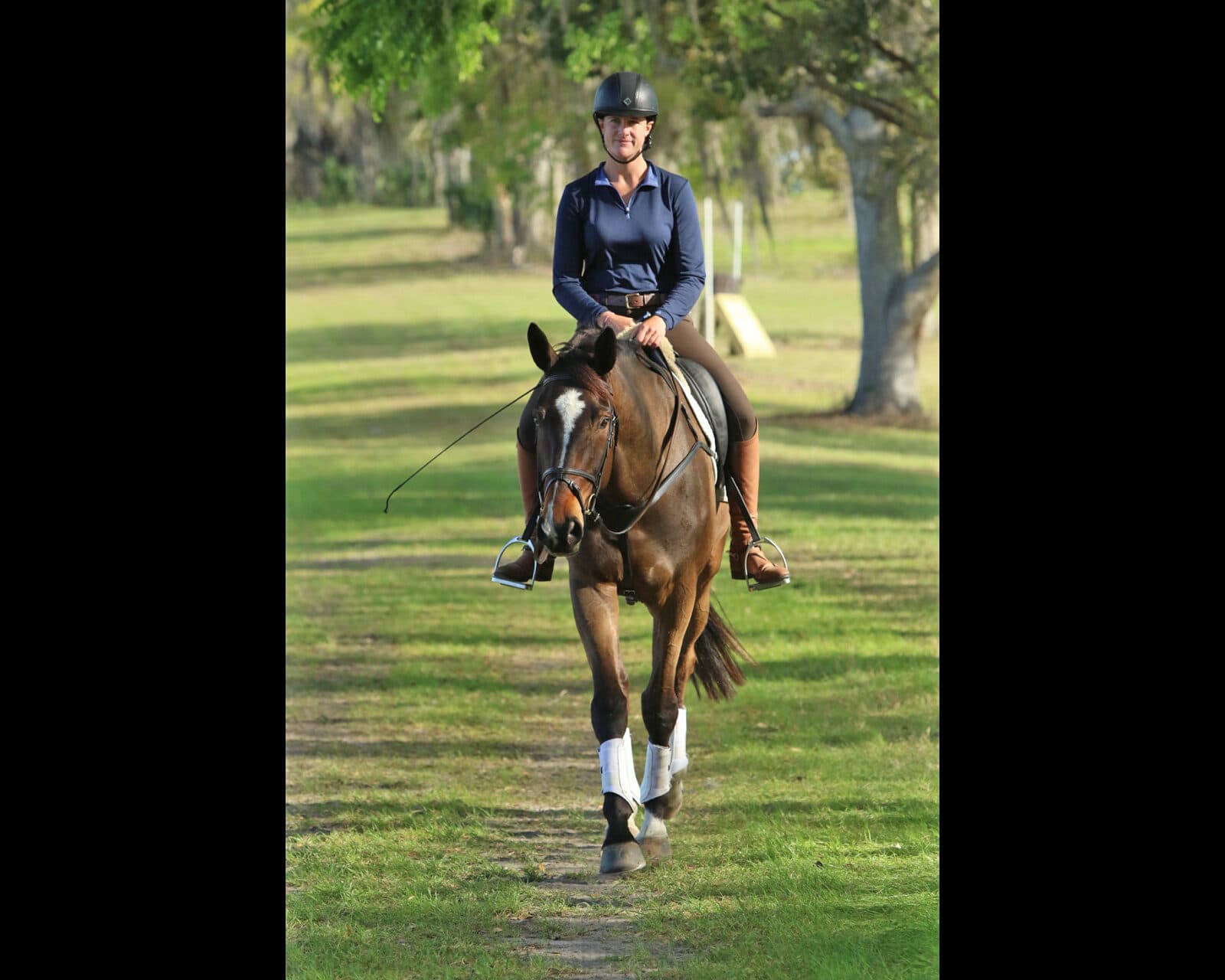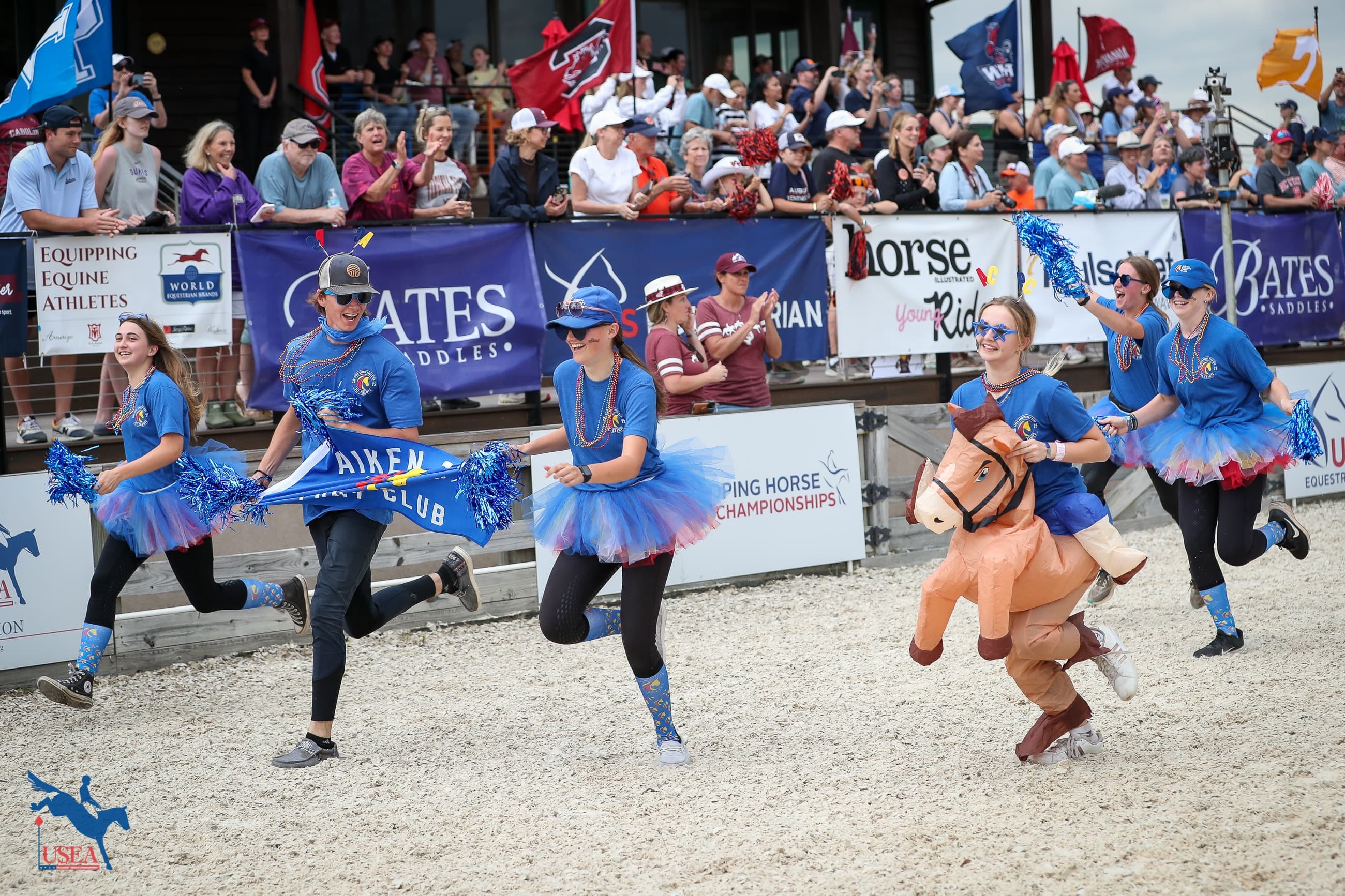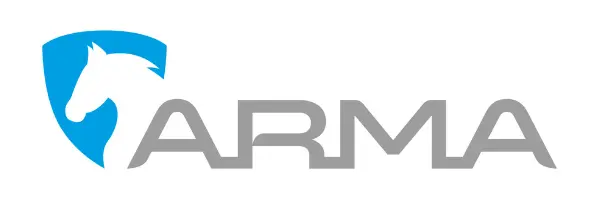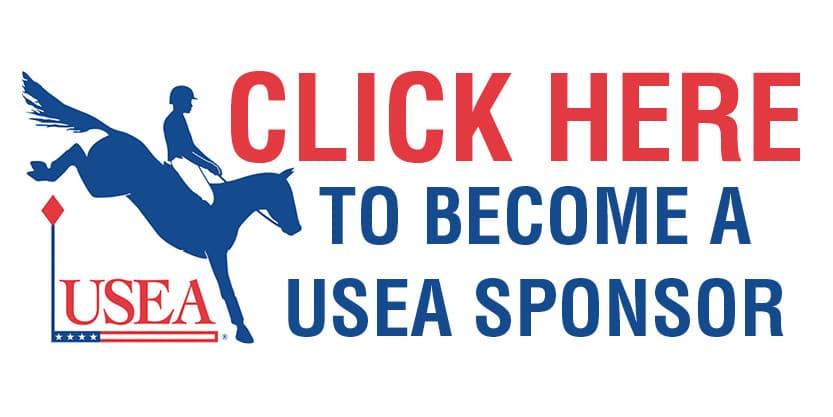Young Horses Take Their Own Courses: Post-Season Vacation and Pre-Season Training

Two-time USEA Lady Rider of the Year, Olympic and Pan-Am Games rider, Lauren Kieffer is taking the USEA along on “bringing up babies” as she shares a year in the life of four of her 6-year-olds in their journey to become top level event horses. Before you read the final installment in the series, catch up on Part 1, 2, 3, and 4.
The young horses all had great final outings at their last competition of the year at Rocking Horse and are now enjoying a nice winter holiday. I thought for this segment I would tell you how I bring the young horses back from their downtime.
I think it is very important for young horses to get time off just like the three-day horses. Some argue that they need to stay in work and continue their education, but I have always had them come back better from a vacation then where I left off. I think it does their bodies and minds a world of good, they are still growing and developing and learning those new skills exhausts their brains and bodies. As with any new sport or exercise our bodies get sore, and I think it’s important to give them time to heal from that. I believe the more gradually you can bring them back into work the better horse and body you will have to work with too.
The amount of time off depends on your personal preference. I like to give them at least a month off with no riding in the winter. We are very lucky to be based in Florida in the winter so they are able to spend their holidays barefoot and living outside in the fields. Because we are in Florida and have the nice sand footing, I have found I am able to bring them back to work barefoot and in some cases only put shoes back on them once their work has increased to galloping and jumping. Allowing the horses to go barefoot is a great asset, but it also depends on the horse and your circumstances. If you live somewhere with rocky rough ground and fields, I don’t think it’s kind to make them go barefoot, especially if they have sensitive feet, so you should consult with your farrier and vet before making that decision.
When I am deciding when to bring my horses back to work I like to work backwards from their first competition. I want to start them back a minimum of six weeks out from their first event, but I prefer eight weeks.
Weeks one and two are spent just hacking. I’ll spend about an hour or more on them hacking up and down hills and all over the farm and on the roads. This gets them back in the mindset of being ridden and starts to build their muscle back up.
Week three I begin adding in trotting to their hack. The typical week would be trotting five minutes Tuesday, Wednesday, and Thursday, and then up to 10 minutes Friday, Saturday, and Sunday, with Monday being their day off. If you are somewhere with a hill I like to do the trotting on that and focus on going forward up the hill and collecting down the hill.
Week four is still more trotting, I highly recommend podcasts! Tuesday, Wednesday, and Thursday I will do 15 minutes of trotting, and bump it up to 20 minutes Friday, Saturday, and Sunday, with Monday off. I again utilize hills to build strength and work on adjustability even if we are just trotting.
For week five, I now have a horse that is fairly fit and I’ve hopefully done this without making him or her sore in their body. I now start adding in my flatwork, and I’ll usually alternate flatting and trotting/hacking for this week and on Sunday give them a small and short jump school.
Week six is the week I start adding in gallop sets if they need the fitness work. This week would typically go Tuesday flatwork, Wednesday 15-minute trot followed by three quiet gallop sets of three minutes each, Thursday hacking or flatwork, Friday jump school, Saturday hacking or flatwork, Sunday 15 minute trot followed by 3 quiet gallop sets of 4 minutes each, with Monday as their day off.
For weeks seven and eight leading up to the event I stick to this typical schedule and increase the work load as appropriate for the level and horse. My belief is that the more slowly and gradually you can develop their fitness, the sounder both mentally and physically your horse will be. I try not to ask them to perform an exercise they are not appropriately conditioned for and try to develop their muscle and power appropriately, especially in the flatwork.

I hope you find this information useful and if anyone has any questions please feel free to ask. Everyone’s goal should be to have a happy, healthy, and successful horse which will lead to a happy rider!














